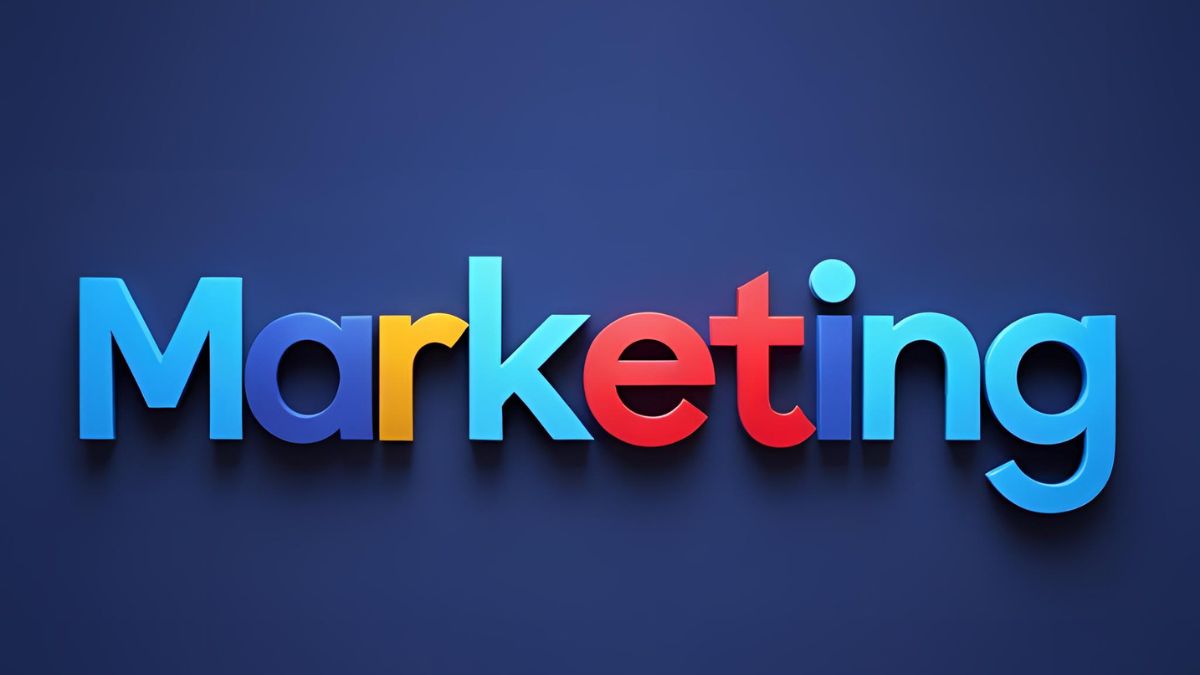
Modern marketing is at a turning point. With the accelerated adoption of artificial intelligence tools, the rise of new digital consumption behaviors, and the fragmentation of communication channels, marketing leaders — especially Chief Marketing Officers (CMOs) — face the challenge of transforming their structures, workflows, and success metrics.
In this context, Google has revealed its most relevant recommendations for 2025, combining insights from its internal teams and collaborations with organizations like the Boston Consulting Group (BCG). Through the Media Lab team, led by Joshua Spanier, Vice President of Marketing, key strategic principles and findings have been outlined to redesign media planning, AI integration, and engagement with demanding, multifaceted audiences.
ALSO READ. What are the 4S of marketing according to Google and why should CMOs know them?
Why is AI ROI the starting point of every strategy?
One of Google’s most compelling findings is that AI is no longer a future promise — it is a current performance engine. A large portion of Google’s advertising investments are now AI-powered, especially in video campaigns in the United States. The result? A significantly higher return on investment (ROI) than traditional strategies.
For CMOs, this is an urgent wake-up call: it’s not enough to “experiment” with AI — it’s time to adopt it structurally. From automated audience and budget optimization to the creation of creative assets with generative AI, every step of the journey should benefit from the predictive, adaptive, and scalable power of these tools.
ALSO READ. From community manager to AI manager: how roles in marketing teams are changing
How is creative testing changing with artificial intelligence?
The process of creative testing — one of the most costly and time-consuming steps in most marketing workflows — has been radically transformed with the arrival of generative AI and predictive models. Google reports that testing creative with AI can reduce timelines from weeks to days, while improving the accuracy of predicting outcomes like Brand Lift.
Tools like Pencil and Pencil Pro, specialized in creating visual variants based on performance data, allow design teams to increase production without increasing costs, and with much sharper insights into what truly works on each platform.
What are AI agents and why should you prepare for them?
One of the most disruptive concepts introduced by Google is that of AI agents: artificial intelligences capable of executing tasks autonomously, collaborating with teams, and extracting complex data in seconds.
In Media Lab’s early experiments, AI agents proved useful for tasks like briefing creation, results analysis, or insight generation. This doesn’t mean replacing people, but rather enhancing their capabilities and freeing up time for strategic work. CMOs must begin to envision how to integrate these agents into workflows — creatively, operationally, and analytically.
Why doesn’t the marketing funnel work anymore, and what replaces it?
One of the most revolutionary proposals in Google’s new strategic framework is the redefinition of the customer journey. Traditionally viewed through a funnel model (awareness, consideration, conversion, loyalty), today’s behavior — marked by simultaneous actions like Search, Scroll, Stream, and Shop — renders the funnel obsolete.
Instead, Google and BCG propose using influence maps: dynamic, personalized representations of the actual consumer journey. These maps are not structured linearly but reflect interaction patterns and touchpoints where relevant and personalized messages have a higher chance of influencing decisions.
For CMOs, this means breaking free from rigid segmentation and adopting a much more holistic, integrated, and flexible view of multichannel marketing.
Why isn’t reach enough? Influence and outcomes as the new KPIs
For years, reach was a key metric of success in media campaigns. However, Google now emphasizes that reach without influence is meaningless. In other words: what’s the point of being seen by millions if you don’t generate action, recall, or preference?
Media Lab has shifted to outcome-based planning, focusing not only on impressions but on the quality of engagement, consumer intent, and the level of trust generated. This evolution requires new metrics, new data sources (like AI-based attribution), and a redefinition of what counts as “success” in a campaign.
Is YouTube still relevant for marketing in 2025?
Yes. More than ever. The Media Lab report highlights that YouTube on Connected TV (CTV) significantly increases brand image, especially among younger audiences. Moreover, YouTube Shorts have proven just as effective as other social platforms in promoting brands and activating direct responses.
What’s most noteworthy is that YouTube performs well across all demographic segments, making it an ideal channel for brands seeking efficient reach and impact. This finding reinforces the need to think in terms of video strategies with multiple formats, aimed at both discovery and conversion.
Why are creator collaborations a strategic advantage?
During events like the Paris Olympic Games, Google observed that content creators not only amplify reach, but generate trust and cultural relevance — key factors in today’s influence map.
Collaborating with athlete-creators or digitally native influencers enables brands to authentically connect with niche audiences. The CMO’s role here is to foster strategic relationships with creators, grant them creative freedom, and align brand messaging with real and emotional contexts.
How to automate compliance and adapt to new regulations?
The legal and regulatory landscape in digital marketing is constantly evolving. Media Lab emphasizes that, to ensure compliance and brand safety, it’s essential to automate review and adaptation processes, especially with AI support.
This allows teams to respond quickly to changes in data policies, privacy laws, or regional regulations. It also frees up legal and creative teams to focus on more strategically valuable tasks.
What should CMOs do today to prepare for 2025?
Google’s recommendation is clear: adopt artificial intelligence not as a side tool but as the core infrastructure of modern marketing. To that end, it proposes applying the 4 pillars of future marketing:
- Real-time media and personalization.
- AI-generated, data-driven creativity.
- Advanced measurement tied to business outcomes.
- An agile, AI-focused organizational culture.
And complement these pillars with a strategy centered on influence maps, creator collaborations, smart testing, and outcome-driven planning.
Conclusion: What is the new role of the CMO in the Google-AI era?
The Chief Marketing Officer of 2025 can no longer be just a media decision-maker. They must become a technological orchestrator, an AI ambassador, a data integrator, and a brand visionary.
Google’s report is a roadmap. But the action lies with each organization. Those who adapt quickly won’t just survive — they will lead the conversation, influence consumer decisions, and build relevant, scalable, future-ready brands.










